What is the difference between a fake scannable ID card and a scannable ID card?
What is the difference between a fake scannable ID card and a scannable ID card?
In today's digital age, identification cards (ID cards) play a vital role in verifying personal information and granting access to a variety of services and locations. However, the market is also flooded with fake scannable ID cards that are designed to mimic real scannable ID cards. Understanding the differences between these two types of IDs is crucial for individuals and organizations to avoid fraud and ensure security. This article will explore the key differences between fake scannable ID cards and legitimate scannable ID cards, focusing on their features, uses, and impacts.
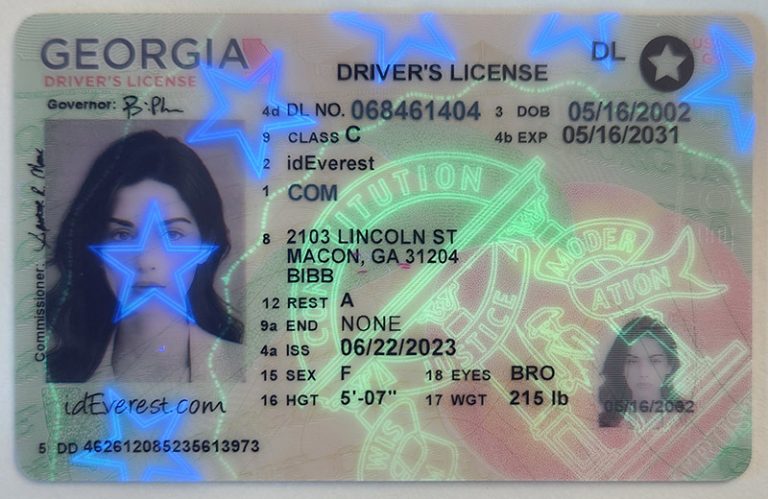
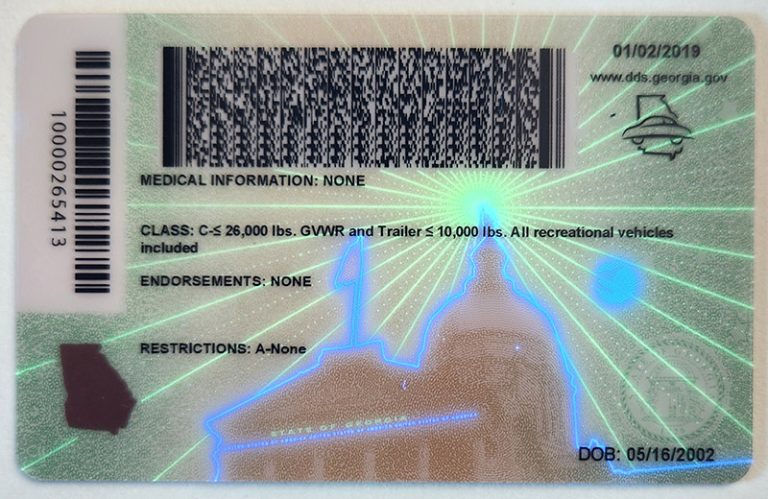
Understanding Scannable ID Cards
A scannable ID card is a legitimate ID card issued by authorized entities such as governments, educational institutions, and businesses. These cards are embedded with technology that allows them to be scanned and verified electronically. Here are some common features and uses of scannable ID cards:
Features:
Barcodes and QR codes: Scannable ID cards often come with a barcode or QR code that stores basic information about the cardholder. These codes can be quickly scanned using a barcode reader or smartphone app to verify the information.
Magnetic stripe: Some scannable ID cards have a magnetic stripe that stores data. These strips can be read by swiping the card through a magnetic stripe reader.
RFID and NFC chips: Radio frequency identification (RFID) and near field communication (NFC) chips are embedded in some ID cards and enable wireless data transfer when scanned by a compatible device.
Holograms and watermarks: For added security, genuine scannable ID cards may include holograms, watermarks, and other tamper-proof features that are difficult to replicate.
Uses:
Government-issued IDs: Driver's licenses, passports, and national ID cards are examples of government-issued scannable IDs used for official identification and verification.
Educational institutions: Schools and universities issue scannable ID cards to students and faculty for access to campus facilities, libraries, and events.
Corporate access: Enterprises provide employees with scannable ID cards to control access to office buildings, secure areas, and company resources.
Event management: Event organizers use scannable ID cards for attendee verification, ticketing, and access control at conferences, concerts, and sporting events.
Understanding Fake Scannable IDs
Fake scannable IDs are counterfeit IDs that are designed to look like legitimate scannable IDs. These fake IDs are often created to deceive and bypass security measures. Here are some of the characteristics and risks associated with fake scannable IDs:
Features:
Visual Similarity: Fake scannable IDs often mimic the look of real IDs, including logos, fonts, and colors, making them easy to spot at a glance.
Scannable Features: Some fake IDs include barcodes, QR codes, or magnetic stripes that may contain false or copied information. However, these features are not usually linked to any legitimate database.
Key Differences
Authenticity and Verification
Scannable IDs: Issued by authorized entities and linked to legitimate databases for verification. Scanning these IDs provides accurate information that can be cross-referenced with official records.
Fake Scannable IDs: Not issued by legitimate agencies and not linked to any official database. The information on these IDs is often false or copied, and scanning them does not produce verifiable data.
Uses:
Government-issued IDs: Driver’s licenses, passports, and national ID cards are examples of government-issued scannable IDs used for official identification and verification.
Educational Institutions: Schools and universities issue scannable IDs to students and faculty to gain access to campus facilities, libraries, and events.
Corporate Access: Enterprises provide employees with scannable ID cards to control access to office buildings, secure areas, and company resources.
Event Management: Event organizers use scannable ID cards for attendee verification, ticketing, and access control at conferences, concerts, and sporting events.
Understanding Fake Scannable IDs
Fake scannable IDs are counterfeit IDs that are designed to look like legitimate scannable IDs. These fake IDs are often created with the intent to deceive and bypass security measures. Here are some of the characteristics and risks associated with fake scannable IDs:
Features:
Visual Similarity: Fake scannable IDs often mimic the look of real IDs, including logos, fonts, and colors, making them easy to spot at a glance.
Scannable feature: Some fake IDs include a barcode, QR code, or magnetic stripe that may contain false or copied information. However, these features are usually not linked to any legitimate database.
Key Differences
Authenticity and Verification
Scannable IDs: Issued by an authorized entity and linked to a legitimate database for verification. Scanning these IDs provides accurate information that can be cross-referenced with official records.
Fake Scannable IDs: Not issued by a legitimate authority and not linked to any official database. The information on these IDs is usually false or copied, and scanning them does not produce verifiable data.
However: ideverest
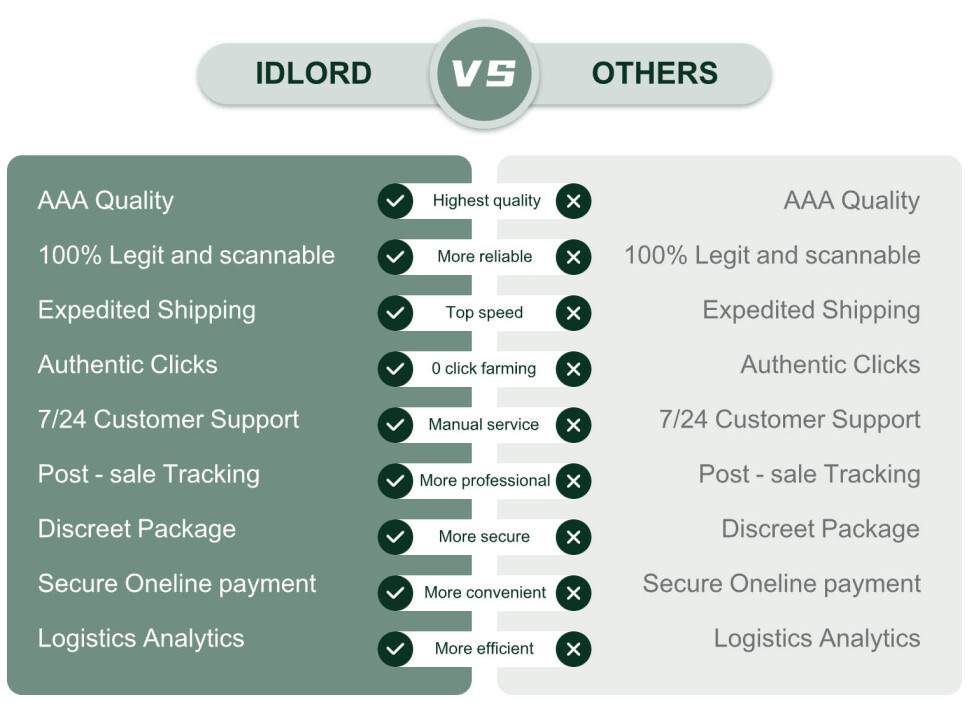
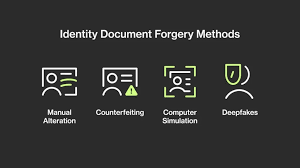 scannable Fake Califomia DL
scannable Fake Califomia DL
 scannable Fake Indiana DL
scannable Fake Indiana DL
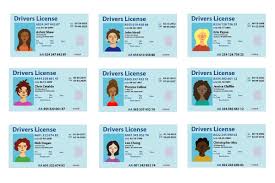 TexasFake ID
TexasFake ID
 OhioFake ID
OhioFake ID